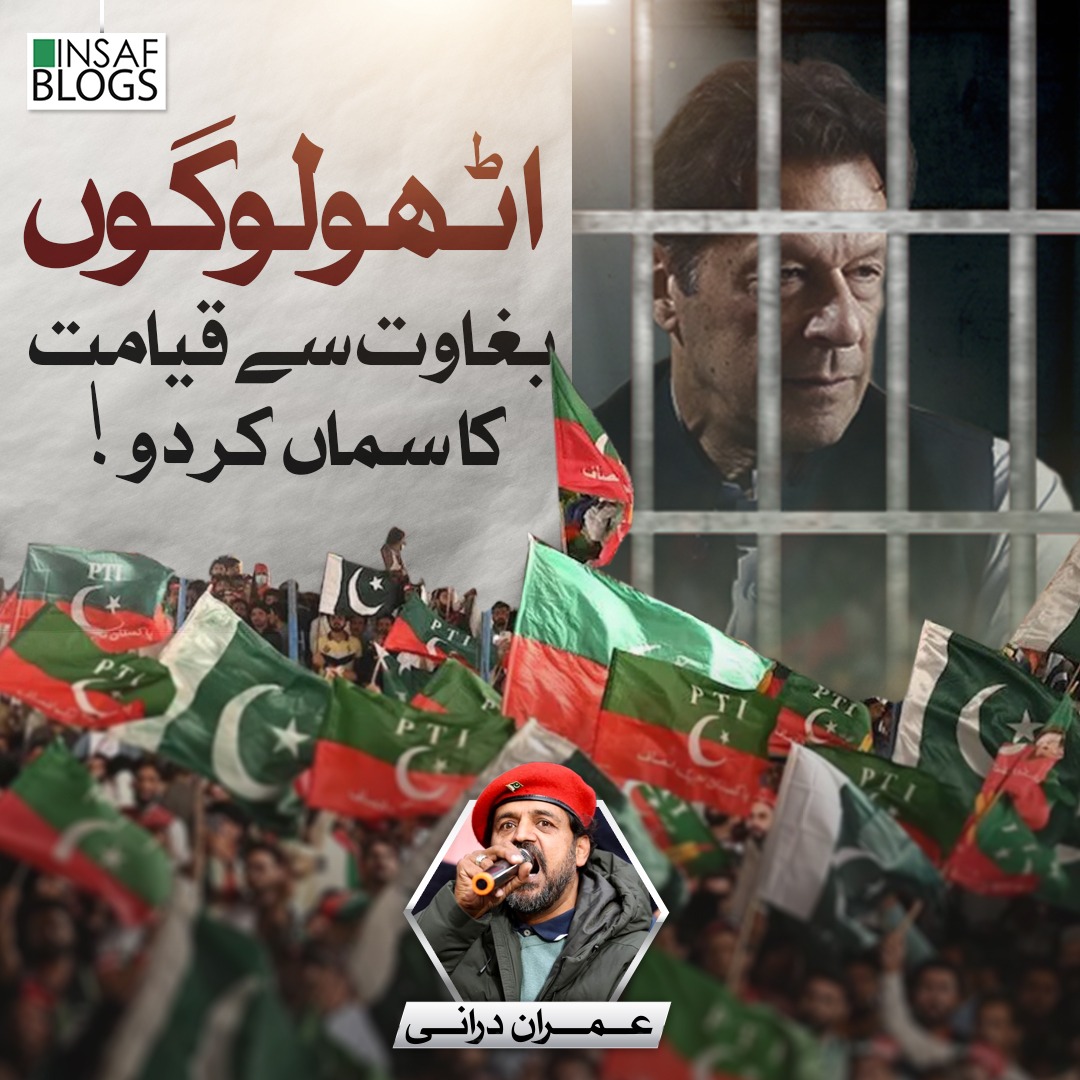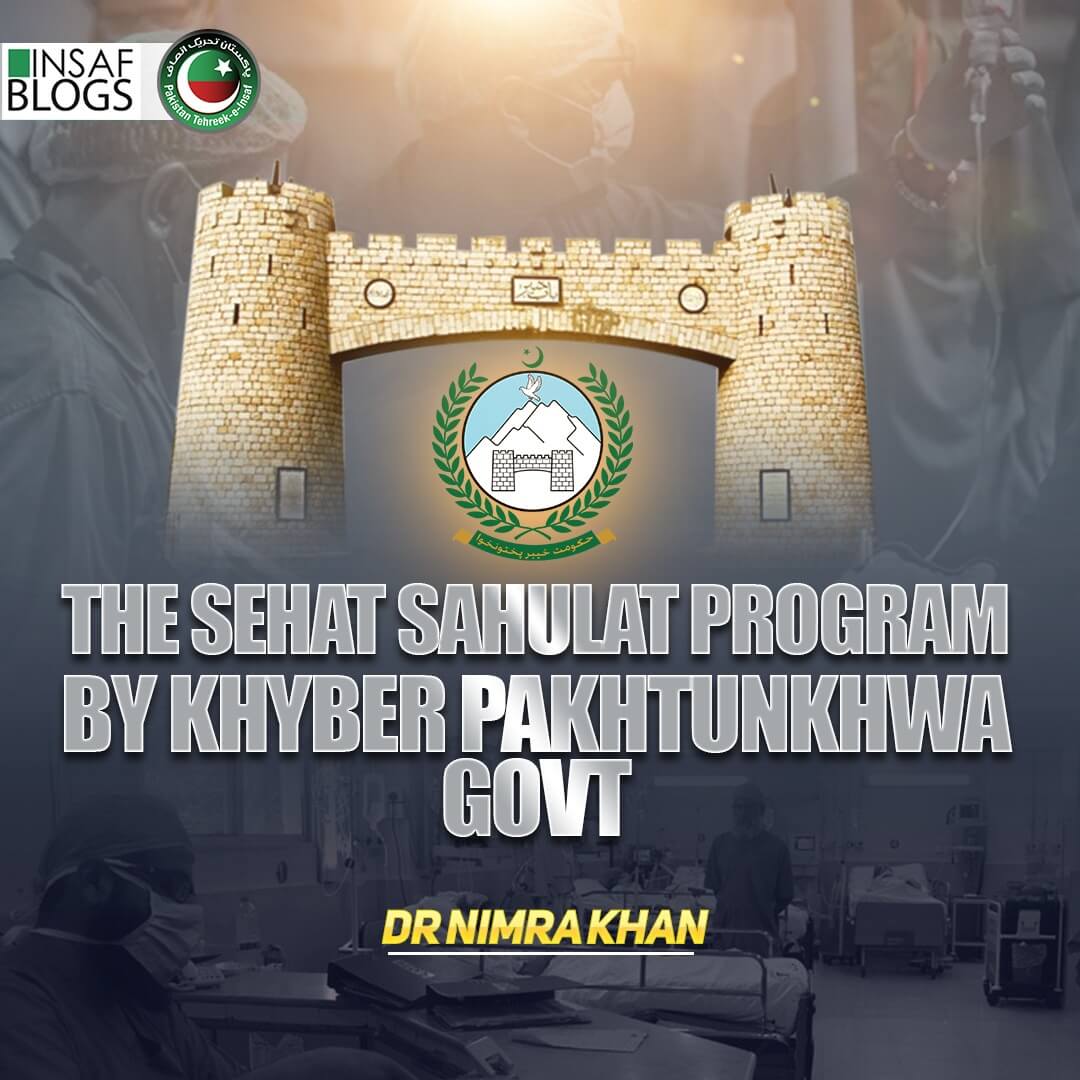
Riasat Madina and KP Health Reforms - Sehat Card
Hadith:
“Make use of medical treatment, for Allah has not made a disease without appointing a remedy for it.”
— Sahih al-Bukhari
In the Riyasat-e-Madina, healthcare was seen not as a privilege, but as a right available to all, regardless of class, gender, or status. The Prophet Muhammad (PBUH) advocated for cleanliness, nutrition, and community-based healing. That spirit of collective care laid the foundation for a society where the sick were not abandoned but supported.
Why PTI Prioritized Health
In modern Pakistan, healthcare remained an ignored sector for decades until a bold policy decision reshaped that trajectory. When Imran Khan announced the Sehat Sahulat Card, critics doubted it. But the idea was rooted in something deeper than politics: a vision to replicate the social justice principles of Riyasat-e-Madina.
As Khan once said, “Neither everyone can take, nor did any of the governments in the past take such a bold decision of providing Rs1 million worth of health insurance to the entire population.” It wasn’t just about treatment it was about dignity.
The Sehat Card, Quietly Transforming Lives
Since its inception, the Sehat Card has facilitated over 4.5 million hospital admissions across Pakistan. Treatments worth more than Rs 100 billion have been provided completely free of cost. These include complex and often unaffordable procedures such as cardiac surgeries, dialysis, cancer therapies, neurosurgeries, C-sections, and more.
The program created a bridge between patients and over 1000 empaneled hospitals spanning both public and private institutions. This elevated not just access but also accountability in the healthcare system.
Every citizen in Punjab, KP, and parts of AJK and GB became eligible for Rs 1 million in annual health coverage, breaking the long standing divide between the privileged and the poor.
Women, in particular, benefited significantly. Emergency childbirth procedures, gynecological surgeries, and maternal care were accessed by thousands of rural women many for the first time in their lives.
On-the-Ground Impact
The results speak volumes. In Peshawar alone, hospitals like Lady Reading, Khyber Teaching, and Hayatabad Medical Complex reported tens of thousands of admissions under the program. Lady Reading Hospital, for example, handled over 47,000 patients. Similarly, IRNUM saw over 241,000 cancer-related admissions—a staggering number reflecting both disease burden and access to specialized care.
District level analysis reveals equally powerful insights. Mardan, Hazara, Peshawar, and Mansehra accounted for a combined cost of over Rs 24 billion in treatments, illustrating the scale and demand across regions, not just in urban centers.
Total admissions by hospital type reveal another key trend: while public hospitals handled the bulk of patients, over 827,000 , private hospitals also carried a significant load, with over 328,000 admissions. This public private balance reflects the system’s flexibility in providing choice and reducing patient overload.
Not Just Numbers, Lives Changed
In places like Swat, D.I. Khan, and Southern Punjab, the Sehat Card opened the doors of hospitals that were once unaffordable. People no longer had to sell land or borrow heavily just to survive. The card became a passport to life.
Stories emerged of children receiving cancer treatments, elderly citizens undergoing bypass surgeries, and young mothers delivering safely, all without spending a single rupee. And when patients were asked how they managed, their answer was simple: “We had the Sehat card.”
A Promise Disrupted, Then Restored
There was a moment when silence crept back into hospital corridors. After a government shift, the Sehat Card program stalled leaving countless families anxious, uncertain, and unheard. But the break didn’t last long. When CM Ali Amin Gandapur took oath in KP, his first act was not political, it was personal. He revived the Sehat Card, not as a favor, but as a right owed to the people. It was more than administration it was a restoration of trust, of Imran Khan’s vision, and of the public’s mandate, which had spoken through every vote cast in PTI’s favor.
Sehat Card Plus: Taking Compassion Further
This wasn’t just a restart it was an upgrade. Under Sehat Card Plus, treatments once thought impossible for the poor became accessible realities. Liver transplants, kidney transplants, bone marrow surgeries, and cochlear implants procedures that once cost millions were now within reach. No caste, no status, no postcode could stop a citizen from being treated. And unlike other provincial schemes that cover a handful of illnesses, this card became a complete package, covering everything from fevers to final-stage diseases.
Beyond Borders, Within Reach
Even those from KP living outside the province weren’t forgotten. To save patients the pain of travel, top-tier hospitals in Lahore, Karachi, and Islamabad were empaneled because the spirit of Riyasat-e-Madina does not stop at borders. It follows the people. Wherever they go, care travels with them. That’s not just policy it’s empathy with wings.
A New Dimension: State Life Insurance
In a society where loss often brings financial ruin, the KP government introduced a deeply humane clause: if a Sehat Card holder passes away during treatment, their family receives compensation Rs 10 lakh if under 60, Rs 5 lakh if above. A quiet assurance that even in grief, the family won’t be left helpless. Today, every citizen of KP walks with the quiet dignity of knowing their family is secure. Every card in their pocket isn’t just plastic it’s a promise, an identity, a safety net woven in the fabric of justice.
What Set This Model Apart
Where past governments prioritized infrastructure over systems, PTI invested in long term change. While flyovers and metro buses were visible but limited in reach, Sehat Card’s impact was quieter but far more profound.
It wasn’t just a government program. It was a governance shift infusing healthcare with compassion, Islamic values, and smart public policy. Mistakes happened, no doubt. But no previous administration attempted change at this scale with such clarity of purpose.
A Final Word
If one still wonders whether healthcare reform is possible in Pakistan, the answer lies in the lived experience of patients across KP and Punjab. Ask the woman whose safe childbirth didn’t require a loan. Ask the cancer patient receiving chemotherapy at IRNUM. Ask the man in D.I. Khan who underwent heart surgery without leaving the country.
Healthcare reform isn't a fantasy. It was delivered. The challenge now is protecting it from being dismantled.
Because once again, the people have seen the difference between policy and promise, between slogans and systems.
And they won’t forget it.
Article written by: Our Intern - Shakila Nawab (6th Semester Student, Journalism Department, University of Peshawar)











